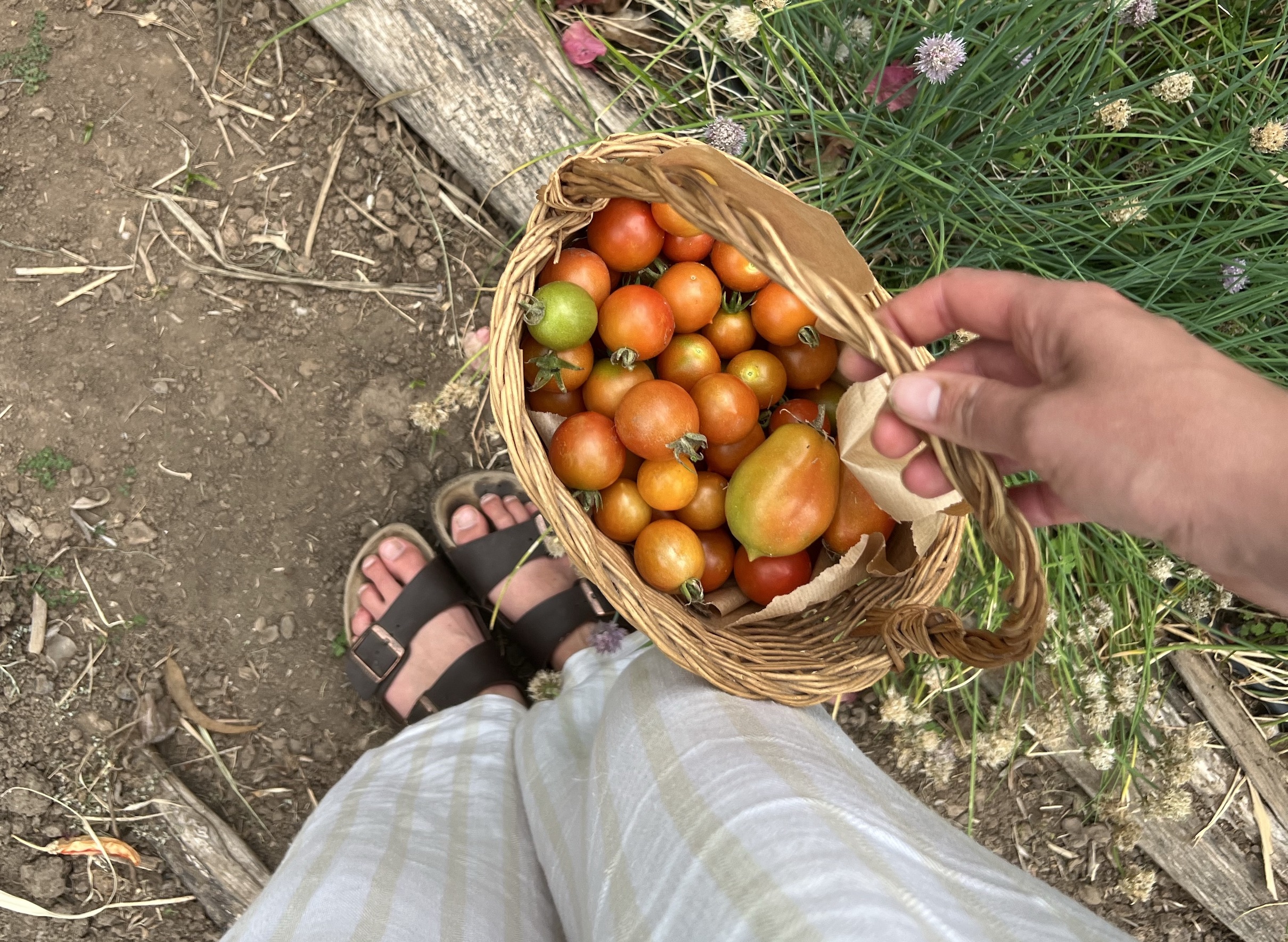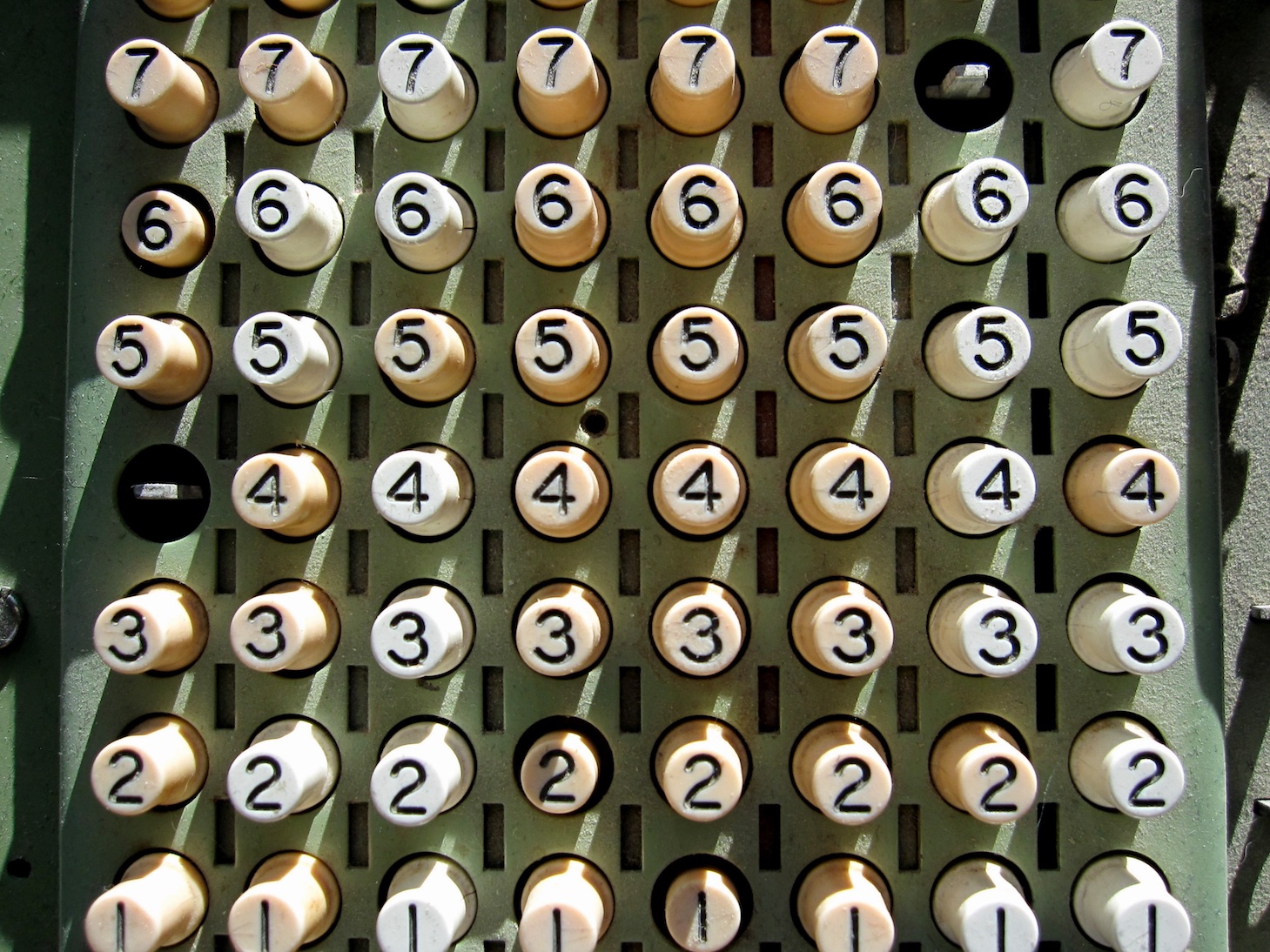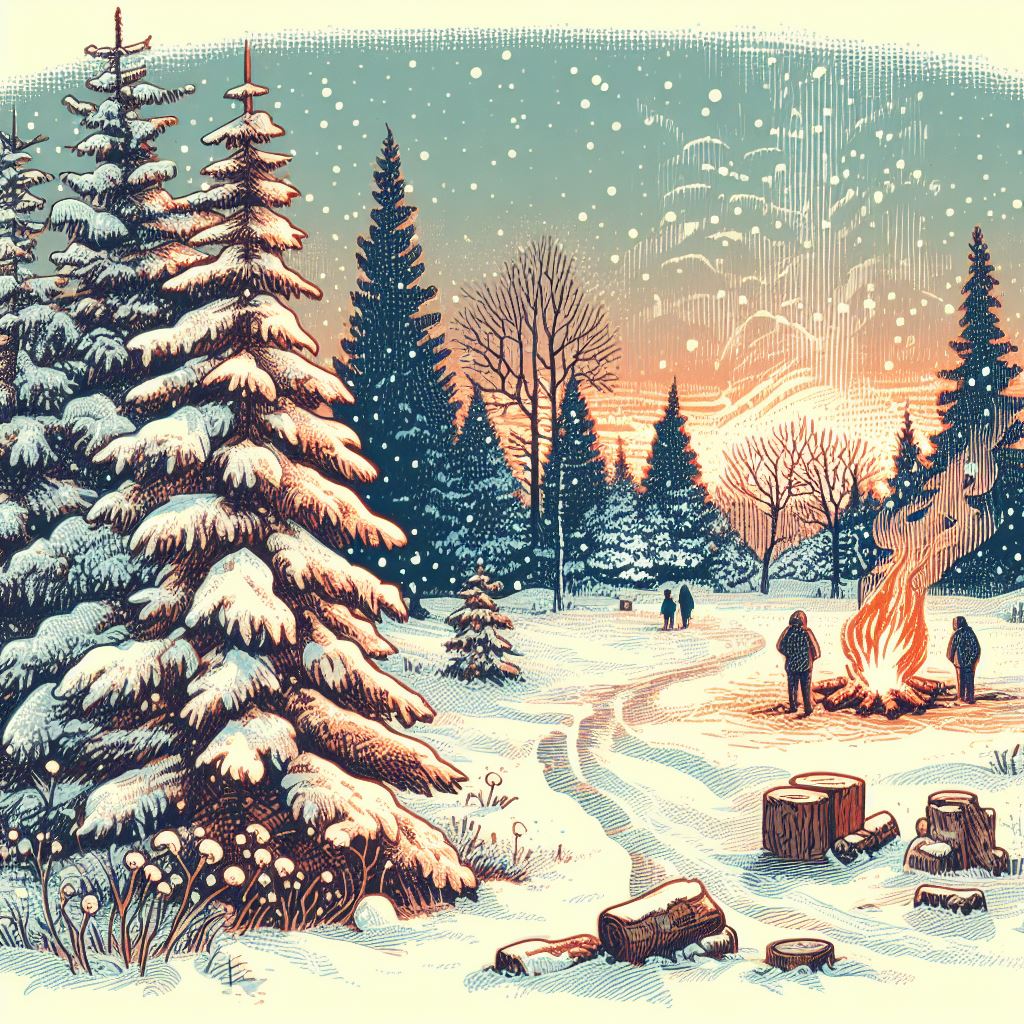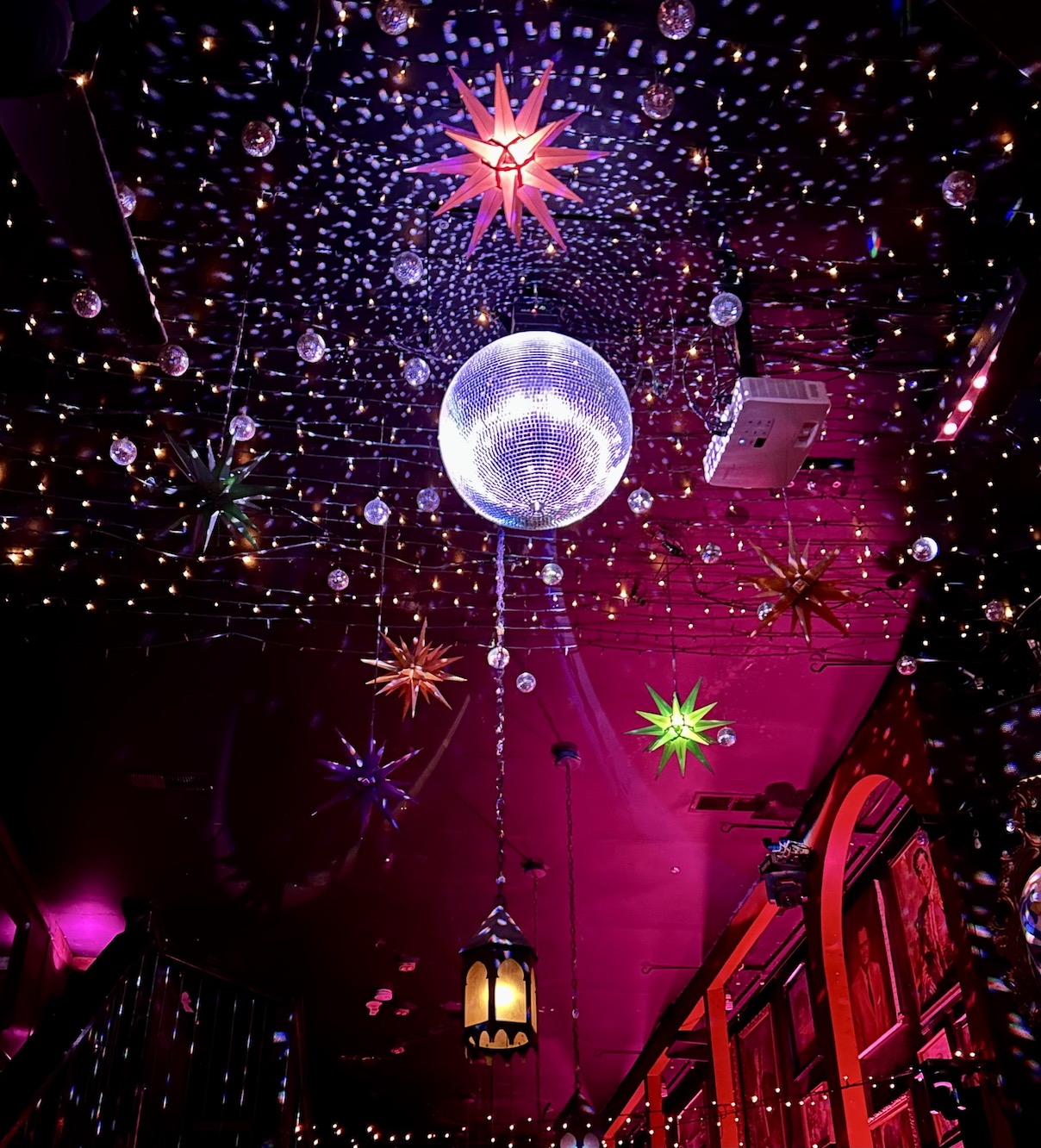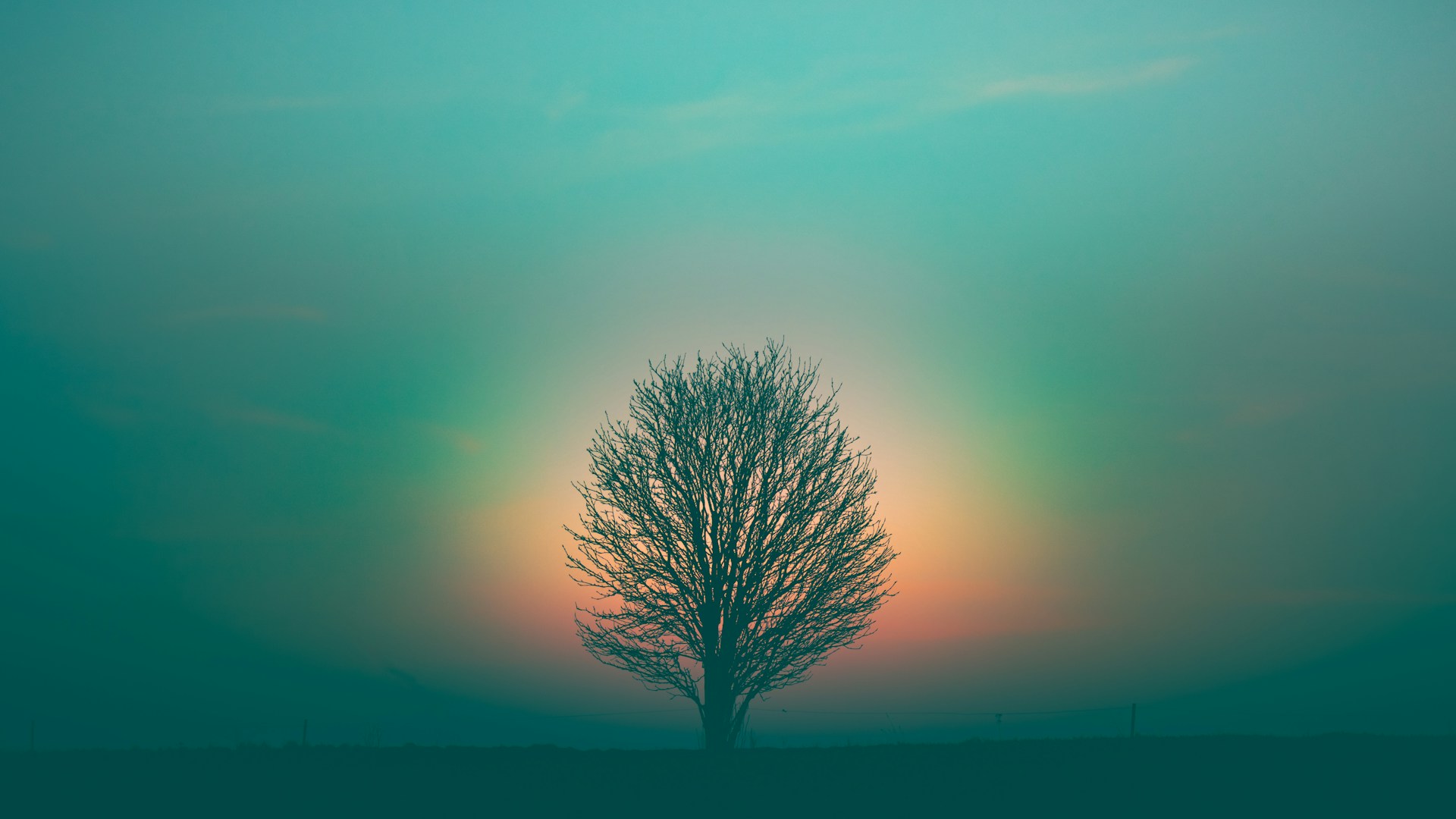There’s something magical about the flickering glow of a Jack-o’-lantern on a crisp October night. Whether you’re a kid anxiously awaiting a night of trick-or-treating or an adult who loves decking out the house in spooky décor, that carved pumpkin is an essential part of Halloween. But have you ever stopped to wonder why we carve faces into pumpkins, of all things? Why pumpkins, and not something else?
Jack-o’-lanterns have a history that’s as rich and intriguing as the legends that surround them. Their origins are rooted in ancient traditions, and over time, they’ve evolved into the iconic symbol of Halloween that we know and love today. From old Irish folklore to modern-day Halloween celebrations, Jack-o’-lanterns have taken on meanings and roles that go far beyond a simple carved pumpkin. Let’s dig a little deeper into this enchanting tradition.
The Origins of Jack-o’-Lanterns
The story of Jack-o’-lanterns begins far from the pumpkin patches of America. The roots of this tradition stretch back to ancient Celtic festivals, particularly Samhain, which marked the end of the harvest season and the beginning of winter—a time when the veil between the living and the dead was believed to be at its thinnest.
During Samhain, people would carve turnips and other root vegetables, creating grotesque faces to scare away wandering spirits. These carved vegetables were often lit with a small candle or ember, serving as a beacon to guide lost souls or as a way to ward off evil spirits. The tradition of carving these “spirit lanterns” was carried across the seas by Irish immigrants, who brought their customs and stories to America.
When these immigrants arrived in the New World, they found that pumpkins, which were native to North America, were much easier to carve than the tough turnips of their homeland. Pumpkins quickly became the preferred canvas for these lanterns, and the Jack-o’-lantern as we know it today was born.
The transition from turnips to pumpkins might seem like a simple swap, but it was also a cultural adaptation. The pumpkin, with its large, hollow body and bright orange hue, provided the perfect medium for creating larger, more elaborate lanterns. And as the tradition of Halloween began to take root in American culture, the Jack-o’-lantern became one of its most enduring symbols.
The Tale of Stingy Jack and the Devil
One of the most fascinating stories tied to the origin of Jack-o’-lanterns is the Irish legend of Stingy Jack. The tale goes something like this: Jack was a clever but miserly man who tricked the Devil not once, but twice. The first time, Jack trapped the Devil by tricking him into climbing a tree and then carving a cross into the bark, preventing him from coming down. Jack only let the Devil go after he promised not to take his soul when he died.
But when Jack eventually did die, he found himself unwelcome in both heaven and hell. As the legend goes, the Devil, true to his word, wouldn’t claim Jack’s soul. Instead, he sent Jack off into the dark night with nothing but a burning coal to light his way. Jack placed the coal inside a carved-out turnip, and he’s been wandering the earth ever since, a ghostly figure with a lantern—hence the name “Jack of the Lantern” or Jack-o’-lantern.
This story, with its eerie imagery and moral lesson about greed, became deeply embedded in Irish folklore. It was believed that Jack-o’-lanterns, when placed outside homes, would ward off Stingy Jack and other wandering spirits. Over time, this story merged with the practice of carving lanterns during Samhain, further cementing the Jack-o’-lantern’s place in Halloween tradition.
Cultural Significance Through the Ages
As the tradition of carving Jack-o’-lanterns evolved, so too did their symbolism. What began as a way to ward off evil spirits gradually became a representation of the holiday itself—a visual cue that Halloween was upon us. But the Jack-o’-lantern’s role in culture has always been more than just decorative.
In folklore, the Jack-o’-lantern has often been associated with themes of light versus darkness, life versus death, and good versus evil. The flickering candle inside the pumpkin serves as a symbol of hope and protection in the face of the unknown—a small, defiant light in the encroaching darkness of winter.
In literature and media, Jack-o’-lanterns have taken on various roles. In Washington Irving’s “The Legend of Sleepy Hollow,” for example, the Headless Horseman famously hurls a pumpkin at Ichabod Crane, further embedding the Jack-o’-lantern in American Halloween lore. In modern times, Jack-o’-lanterns often appear in Halloween-themed movies, TV shows, and books, representing everything from spooky fun to the sinister and supernatural.
Beyond their role in storytelling, Jack-o’-lanterns have also become a symbol of community and creativity. Pumpkin carving contests, where participants show off their artistic skills, are a popular event in many towns and cities. These gatherings celebrate not only the artistry involved but also the communal spirit of the holiday. Neighbors and friends come together to carve, share stories, and enjoy the simple pleasure of turning a pumpkin into something magical.
As the years have passed, the Jack-o’-lantern has maintained its significance, evolving with the times while still retaining its core symbolism. Whether it’s a simple smile or an intricate design, each Jack-o’-lantern carved today carries with it centuries of tradition and meaning.
The Design and Artistry of Carving
Carving a pumpkin is more than just a Halloween activity—it’s a form of artistry. From the first cut to the final reveal, creating a Jack-o’-lantern is a process that combines creativity, skill, and a touch of tradition. But how did pumpkin carving evolve from simple faces to the elaborate designs we see today?
Originally, the faces carved into turnips and pumpkins were crude and meant to be scary. They served a purpose: to ward off evil spirits. But as Halloween became more of a festive celebration rather than a night of fear, the designs became more playful and creative.
Today, pumpkin carving has turned into an art form. You can find everything from classic grinning faces to detailed depictions of famous characters or intricate patterns. Tools and techniques have advanced as well—no longer are we limited to kitchen knives! Specialized carving kits, complete with saws, scoops, and stencils, make it easier to create detailed designs.
For those who want to take their carving to the next level, there are even competitions where people spend hours, sometimes days, crafting their masterpieces. Some artists use shading techniques by carving the outer skin without fully piercing the pumpkin, creating a glowing, multi-dimensional effect when the lantern is lit.
The beauty of pumpkin carving lies in its accessibility. Whether you’re a novice or an expert, there’s something incredibly satisfying about turning a plain pumpkin into a glowing piece of art. And while the designs may have evolved, the underlying tradition—using light to ward off the darkness—remains the same. The Jack-o’-lantern is, at its core, a celebration of creativity and light in a season that’s all about embracing the spooky and the unknown.
Jack-o’-Lanterns and Halloween Celebrations
Jack-o’-lanterns have become so deeply entwined with Halloween that it’s hard to imagine the holiday without them. But how exactly did these glowing gourds come to symbolize one of the most popular celebrations of the year?
As Halloween transformed from a night steeped in superstition and fear into a festive, family-friendly occasion, Jack-o’-lanterns evolved right along with it. In the United States, the tradition of carving pumpkins quickly became a staple of Halloween activities. By the late 19th and early 20th centuries, pumpkins were a common sight on porches, their carved faces glowing warmly as they welcomed trick-or-treaters.
The practice of displaying Jack-o’-lanterns has grown beyond just Halloween night. In many neighborhoods, the sight of a carved pumpkin signals the beginning of the Halloween season, as early as mid-October. This tradition of lighting a Jack-o’-lantern to welcome guests or ward off spirits has become a symbol of the community spirit that defines Halloween—a time when people come together to celebrate the spooky and the fun.
Different cultures have their own variations of pumpkin-themed decorations. In some Latin American countries, for example, carved pumpkins or other vegetables are used in Day of the Dead celebrations, symbolizing the light that guides spirits back to the world of the living. In the United States, pumpkin carving has even extended into other fall holidays, like Thanksgiving, where more elaborate and artistic carvings might be used as festive table centerpieces.
No matter how it’s done, carving a pumpkin is more than just a fun activity—it’s a way to connect with the traditions of the past while also creating new memories. Each Jack-o’-lantern carved today is a small part of the larger, ever-evolving celebration that is Halloween.
The Magickal and Spiritual Aspects
While most of us associate Jack-o’-lanterns with Halloween fun, there’s a deeper layer of magickal and spiritual significance tied to these glowing gourds. For those who practice modern magick or follow spiritual paths connected to nature, Jack-o’-lanterns can serve as more than just decoration—they can be powerful tools for spiritual protection, manifestation, and connection with the spirit world.
In ancient Celtic traditions, Samhain was not just the end of the harvest but also a time when the boundary between the physical world and the spirit world was at its thinnest. This made it an ideal time for divination, communicating with ancestors, and performing rituals to protect oneself from harmful spirits. The Jack-o’-lantern, with its carved face and inner light, became a symbol of this protection. Placed at doorways and windows, it was believed to ward off evil spirits and malevolent forces that might cross the thinning veil.
In modern magickal practices, the Jack-o’-lantern can be used similarly. The act of carving a pumpkin, choosing specific symbols or designs, and lighting it with intention can turn the Jack-o’-lantern into a talisman of protection or a beacon for spiritual work. Some might carve symbols of protection, such as runes or pentacles, into their pumpkins, or they might use the light inside as a focal point for meditation or scrying during the Samhain season.
The pumpkin itself, as a symbol of abundance and the harvest, adds another layer of meaning. It represents the fruits of one’s labor, both in the physical and spiritual sense. By honoring this symbol through carving and lighting a Jack-o’-lantern, one can connect with the cycle of life, death, and rebirth that is central to many spiritual traditions.
Whether you practice these rituals or simply enjoy the tradition of carving pumpkins, the Jack-o’-lantern remains a potent symbol of light in darkness, protection, and the cyclical nature of life and death. It’s a tradition that, even in its most basic form, carries with it echoes of ancient wisdom and magickal intent.
Environmental Impact and Sustainability
As much as we love carving pumpkins and lighting them up on Halloween night, it’s worth considering the environmental impact of this beloved tradition. Pumpkins are grown in large quantities to meet the demand for Halloween, but what happens to all those Jack-o’-lanterns once the holiday is over?
Unfortunately, a lot of them end up in landfills, where they decompose and release methane, a potent greenhouse gas. But there are ways to enjoy this tradition while being mindful of the environment.
One simple way is to make sure you’re using as much of the pumpkin as possible. Before carving, you can save the seeds to roast as a snack or to plant for next year’s harvest. The pumpkin flesh can be used in a variety of recipes, from pies to soups, reducing waste and giving you some delicious fall treats.
After Halloween, instead of tossing your Jack-o’-lantern in the trash, consider composting it. Pumpkins break down easily in a compost pile, returning nutrients to the soil. If composting isn’t an option, check if your local community offers pumpkin recycling programs, where they collect and compost pumpkins to avoid landfill waste.
By taking a few simple steps, you can enjoy your Jack-o’-lanterns while also contributing to a more sustainable Halloween.
Jack-o’-Lanterns in Popular Culture
Jack-o’-lanterns have carved out a niche in popular culture, appearing in everything from classic literature to modern movies and TV shows. Their iconic status has made them a go-to symbol for all things spooky and festive.
One of the earliest and most famous appearances of a Jack-o’-lantern in American literature is in Washington Irving’s The Legend of Sleepy Hollow. Although the pumpkin is never explicitly described as a Jack-o’-lantern in the story, the image of the Headless Horseman hurling a pumpkin at Ichabod Crane has become deeply associated with the Halloween season.
In the world of cinema, Jack-o’-lanterns often signal that something eerie or supernatural is afoot. One of the most famous examples is the opening scene of John Carpenter’s Halloween, where the camera zooms in on a lone, flickering Jack-o’-lantern, setting the tone for the horror that follows. This simple yet effective image has become iconic in the horror genre.
In more recent years, Jack-o’-lanterns have appeared in everything from animated kids’ movies to horror films, reinforcing their status as a versatile symbol that can be both friendly and frightening. Whether it’s the mischievous pumpkins in The Nightmare Before Christmas or the sinister carved faces in Trick ‘r Treat, Jack-o’-lanterns continue to be a beloved and enduring part of Halloween lore.
Their presence in pop culture only adds to the layers of meaning and symbolism that Jack-o’-lanterns carry. They are a reminder of the holiday’s roots in folklore and the supernatural, as well as its evolution into a celebration that’s both fun and a little bit spooky.
Jack-o’-lanterns are more than just carved pumpkins—they are a symbol of tradition, creativity, and the enduring power of light in darkness. From their ancient origins in Celtic rituals to their role in modern Halloween celebrations, these glowing gourds have captured our imaginations and become a beloved part of the season.
Whether you’re carving a simple smiley face or an intricate design, lighting a Jack-o’-lantern is a way to connect with the past and embrace the spirit of the season. As you place that candle inside and watch the pumpkin come to life, you’re participating in a tradition that’s been passed down through generations, each one adding its own touch to this timeless symbol.
So this Halloween, as you set out your Jack-o’-lantern, remember the history, the magick, and the creativity that goes into every carve. It’s a tradition that will continue to glow for generations to come.



